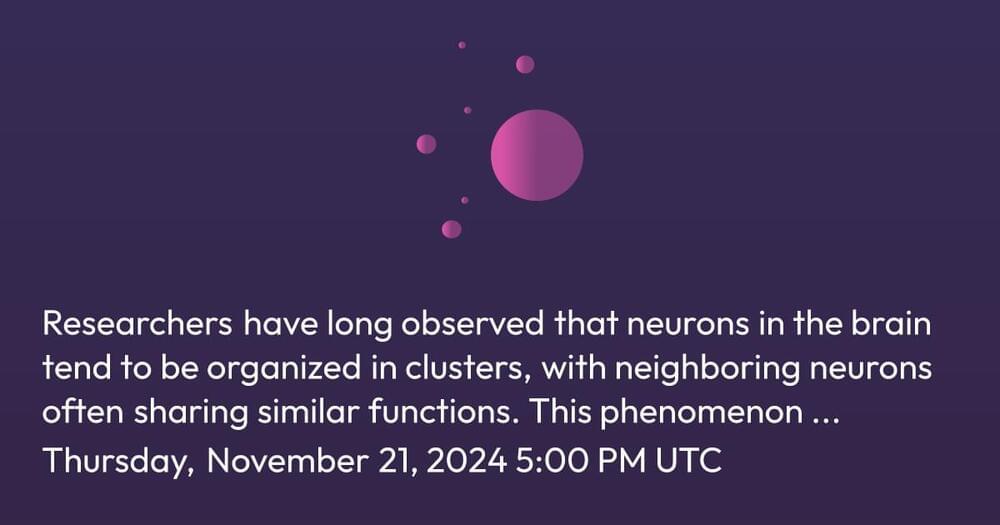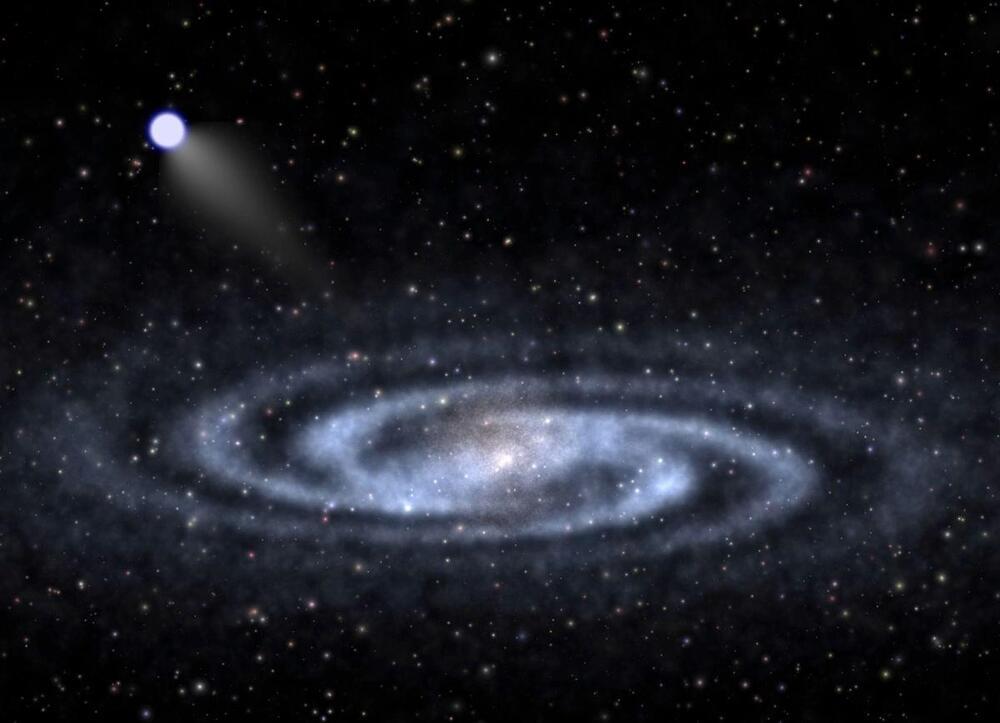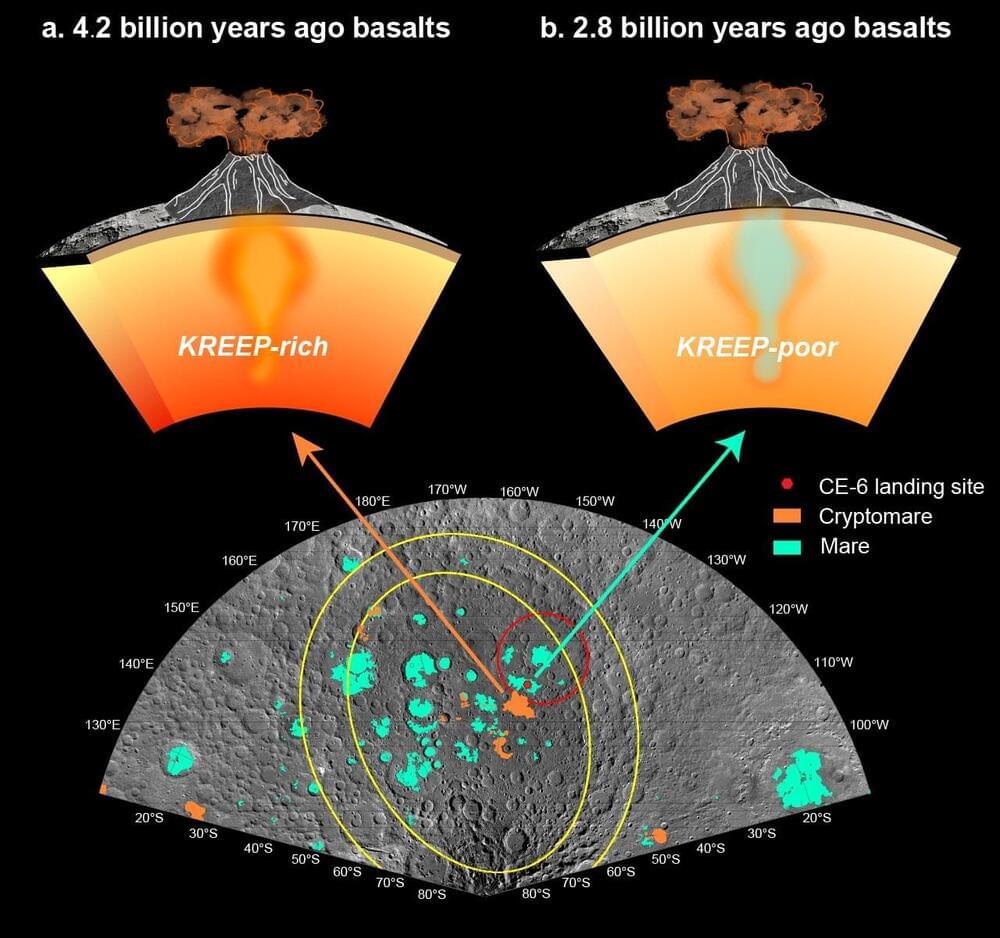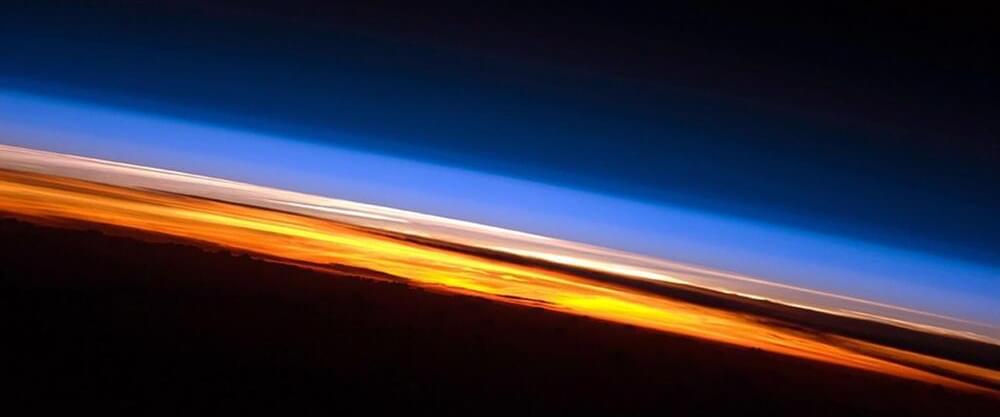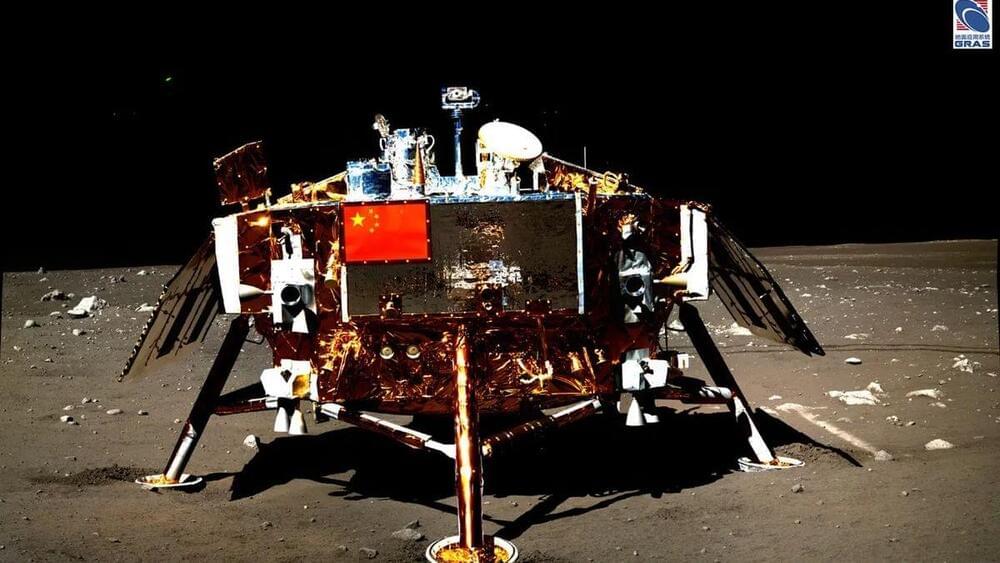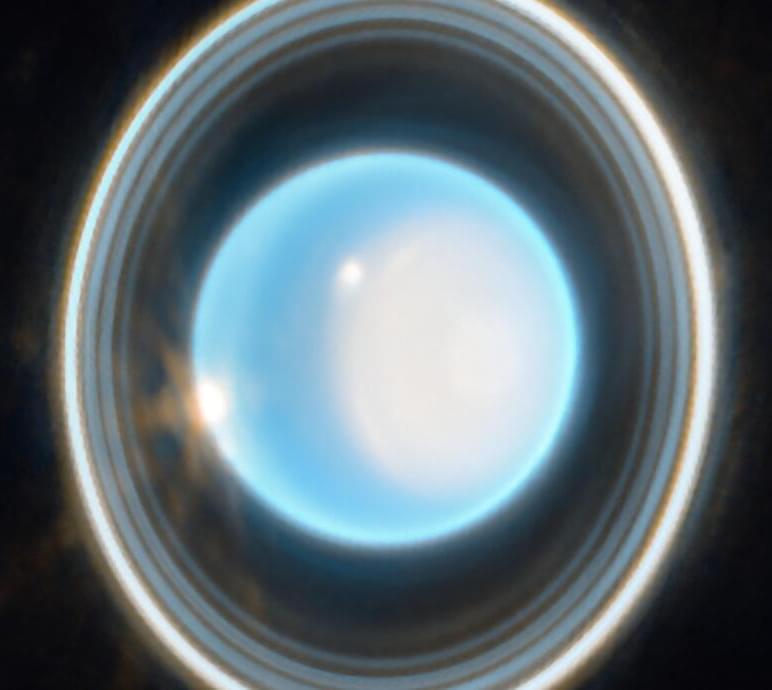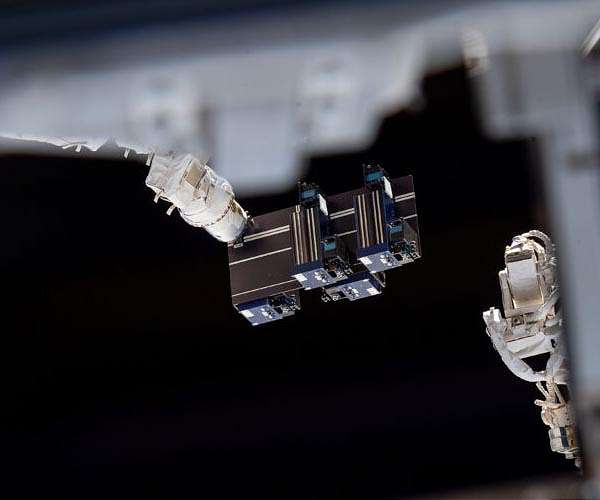Nov 20, 2024
TopoLM: brain-like spatio-functional organization in a topographic language model. Researchers have long observed that neurons in the brain tend to be
Posted by Cecile G. Tamura in categories: robotics/AI, space
Join us at ploutos.dev.
#AI #topology #language #computation #neuroscience
Researchers have long observed that neurons in the brain tend to be organized in clusters, with neighboring neurons often sharing similar functions. This phenomenon is also seen in the brain’s language system, where certain areas respond to different aspects of language, such as syntax (sentence structure) or semantics (meaning). However, the exact mechanisms behind this organization remain a mystery.
